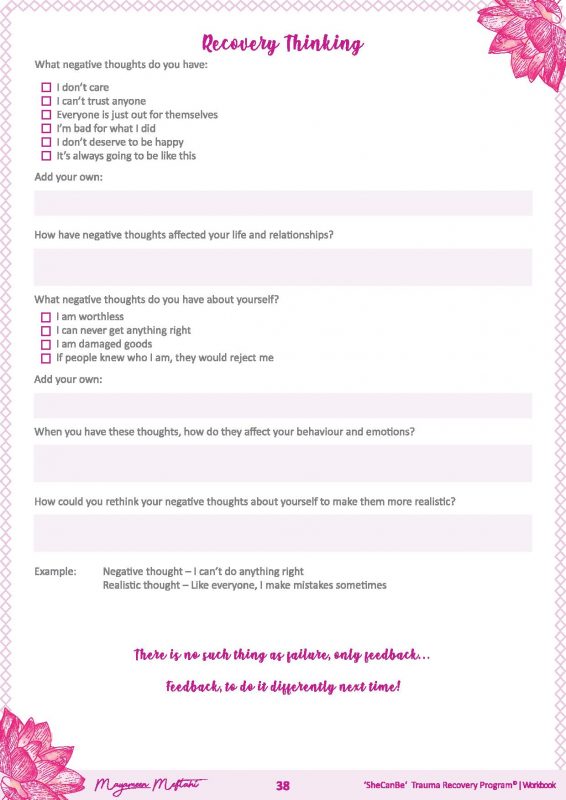
#CHALLENGING NEGATIVE THOUGHTS FULL#
Take at least three more full breaths or until your heart begins to slow and you feel relaxed. Place your hand on your stomach so you can feel the air releasing when you exhale and feel it rise when you inhale. Hold this for a few seconds, then breathe out slowly through the mouth. Let your stomach and diaphragm fill completely with air. One way is to get into a comfortable position. There are many ways to make your breathing regular and to relax the entire body. Individuals who suffer from panic attacks and anxiety may use deep breathing to slow the heart and overcome an episode. This is an excellent way to help calm your nerves and preoccupy your mind when it starts thinking negative thoughts.

Slowly relax one group of muscles at a time until all of the muscles in your leg are relaxed. For progressive muscle relaxation, start by tensing all of the muscles in one area of the body, for example, your leg. They can cause headaches and a general feeling of being unwell. Tension and stress often manifest themselves throughout the body. Examine how you could respond differently.Ĭognitive journaling works if you get in the habit of doing it regularly and address negative thoughts as soon as possible.Ĭontact Us 2.Challenge yourself to change your re-occuring thoughts and reactions.Explain why this made you feel the way you do.Describe the event that makes you come to those emotions.Use statements like “I felt” or “I feel.” Start with the emotions you want to focus on.This makes it easier for you to change your views.įor CBT, journaling should follow a basic format. Second, by putting thoughts down on paper, you can get a better perspective on why you are feeling the way you do. By putting your feelings down on paper and looking at the big picture, it’s easier to work through them. You take your thoughts and feelings and reflect on them as they relate to your whole life. First, you open up your thoughts and feelings to a broader perspective. Psychological journaling as part of CBT focuses on two specific qualities. Journaling is the act of regularly jotting down thoughts, feelings, ideas and daily events. Many different cognitive behavioral therapy techniques and worksheets are available to help you learn and practice these methods. Five Thought-Stopping TechniquesĪccording to the American Psychological Association, cognitive behavioral therapy is a short-term therapy approach that helps lead to an improvement in a variety of problems, including drug use, marital issues, eating disorders and severe mental illness.

#CHALLENGING NEGATIVE THOUGHTS HOW TO#
With some practice and a few thought-stopping techniques, you can learn how to stop negative thoughts the minute they come up. Positive thinking makes it easier to stay focused, to sleep better, to cope with stress and to stay away from drugs and alcohol.

Rehab Success Rate – Does It Really Work?.Shatterproof FHE Health (First Responders).


 0 kommentar(er)
0 kommentar(er)
